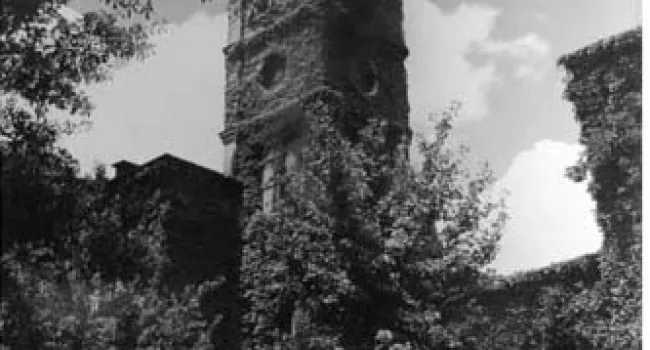
Photo
This photo is of the old Greenville men's campus. The bell tower on Furman Hall, one of the original 1851 buildings, was a landmark of the campus and the community. Courtesy of the Greenville County...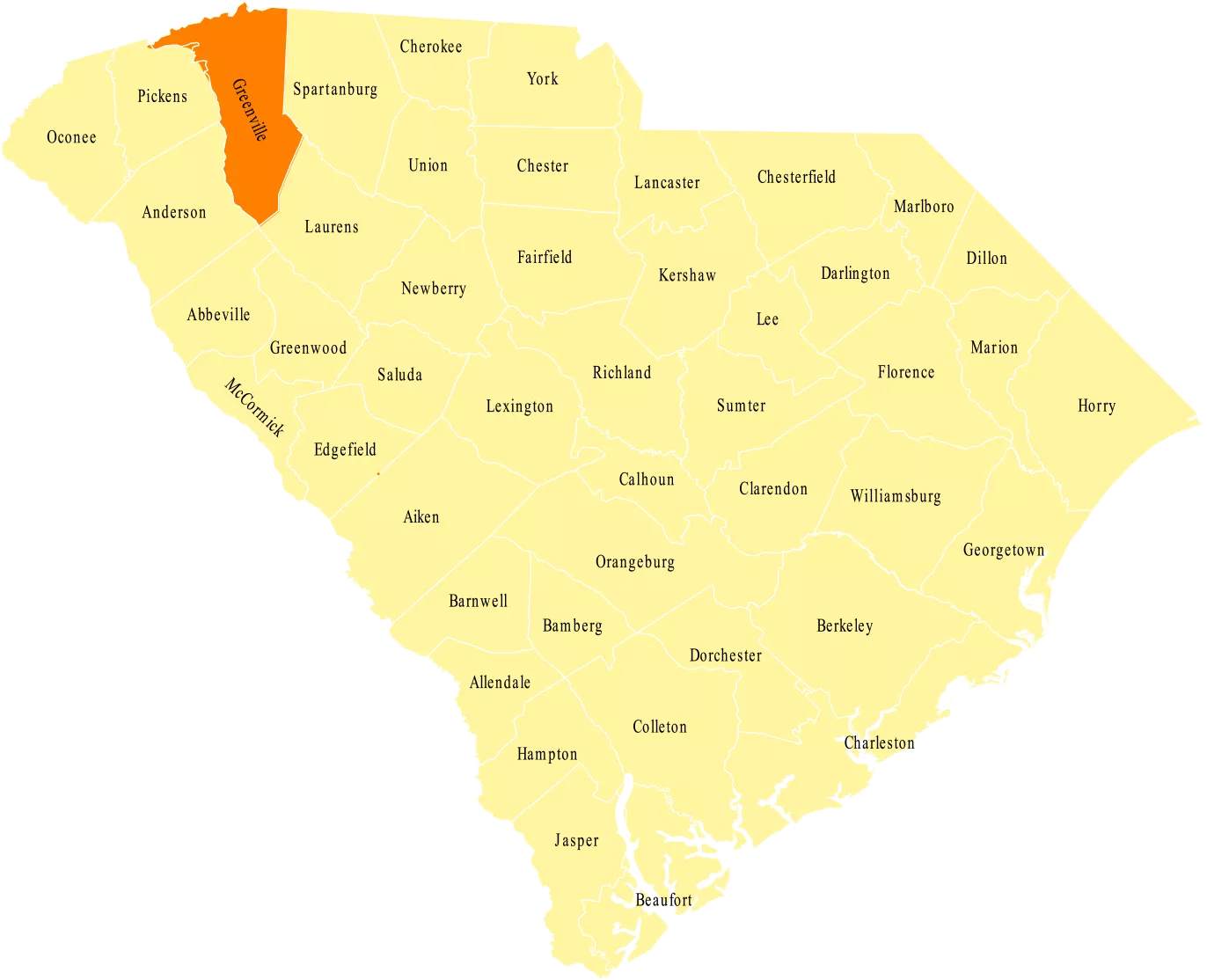
Greenville County, South Carolina’s most populous county, lies in the Upstate. Two popular opinions exist on the origin of the name of Greenville County and its county seat: Revolutionary War general Nathanael Greene or area local Isaac Green.
Cherokee Indians lived in the area first, but they eventually gave up control of the land to South Carolina in a 1777 treaty. After the signing of this treaty, a fair number of Scotch-Irish and English settlers came to the region. Soon after, in 1786, Greenville District was founded. However, this district existed within the Washington District from 1791 to 1800.
Although historically a vacation area for coastal South Carolina planters, the county’s rivers powered the majority of the county’s early economy. The river gave rise to iron works, cotton mills, and Greenville’s textile industry. From the Reconstruction Era until the late 20th century, the textile industry defined Greenville County’s economy, at one point so much so that the county earned the title of “Textile Capital of the World.”
Modern Greenville County’s economy has transitioned away from textiles. Over the last few decades the county has been the answer for many corporations wondering where to relocate. Greenville County’s economy now centers around technology, manufacturing, engineering, and business.
History of Greenville County. Accessed June 03, 2016.
http://www.greenvillecounty.org/
South Carolina Counties by Population. Accessed June 08, 2016.
ttp://www.southcarolina-demographics.com/counties_by_population

Photo
This photo is of the old Greenville men's campus. The bell tower on Furman Hall, one of the original 1851 buildings, was a landmark of the campus and the community. Courtesy of the Greenville County...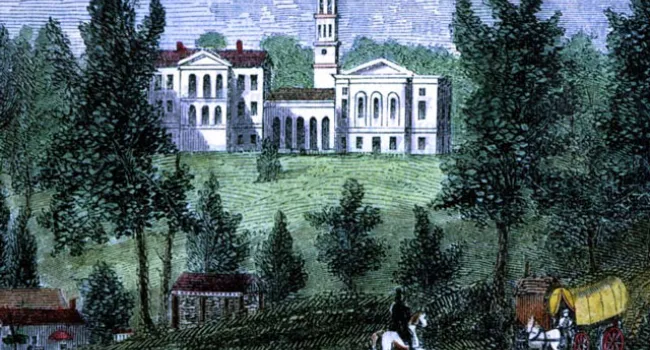
Photo
First proposed by Dr. Richard Furman in 1821 (see Richard Furman), but not established until 1825 by the South Carolina Baptist Convention, the Furman Academy and Theological Institution opened at...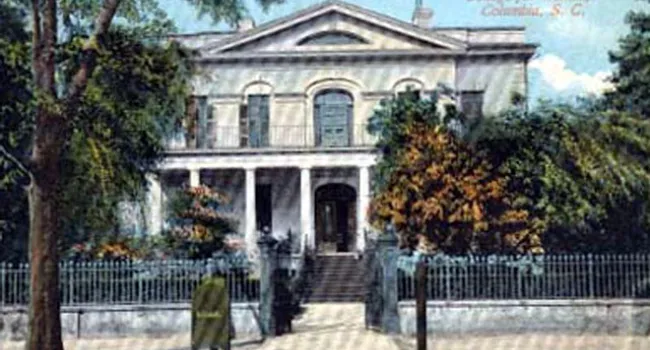
Photo
In 1890, the Presbyterian Synod of South Carolina purchased the Hampton-Preston Mansion on Blanding Street from the Ursuline Sisters who had used it as a convent since the end of the war, and...
Photo
State and County Fair competitions were an important way for farmers to exchange information about their crops and livestock. Until the 1960s, separate segregated fairs were held, both in individual...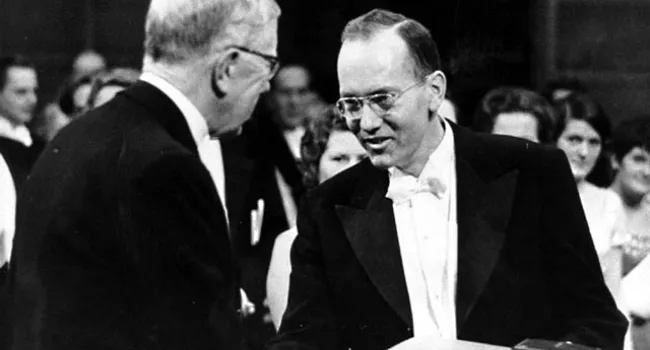
Photo
Charles Hard Townes (1915-2015 ) is South Carolina's only Nobel Prize winner, an honor he was awarded for his development of the laser. This photograph shows him accepting that award in Stockholm...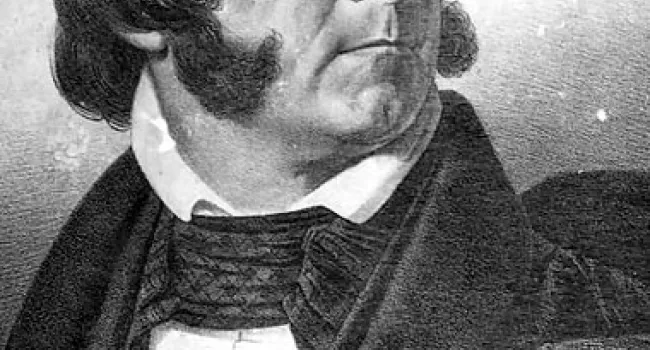
Photo
Waddy Thompson (1798-1868), Jr., served as a Whig member of the U.S. House of Representatives from the backcountry from 1835 to 1841. Born in Pickens, in Ninety-Six District, he graduated from South...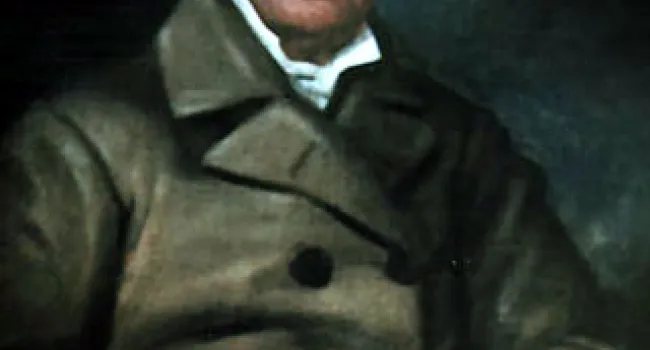
Photo
Vardry McBee ( -1864) is known as the Father of Greenville, in spite of his living in North Carolina until 1834. In 1815, McBee purchased extensive properties in Greenville, and established flour...
Photo
Basil Manly, Sr. (1798-1868), was the author of the resolutions leading to cleavage of the Baptist Church in 1844 into northern and southern branches. He was influential in securing the establishment...
Photo
Mary Camilla Judson (1828-1920), the sister of Charles H. Judson (see Charles Hallette Judson), was for 46 years connected with the Greenville Female College (see A Card Advertising "The Greenville...
Photo
Charles Hallette Judson (1820-1898), a leading Baptist educator, came to South Carolina in 1857 as a professor of mathematics and mechanics at Furman University. During the Civil War he also took...